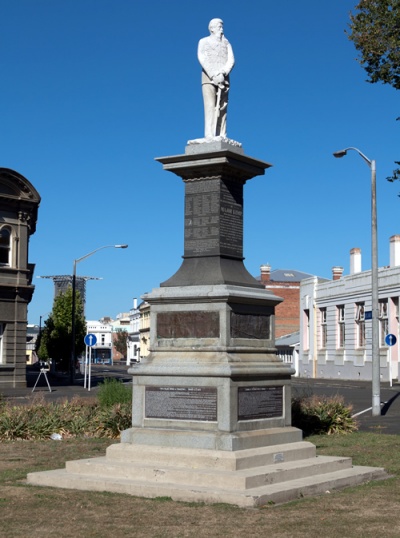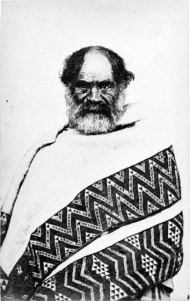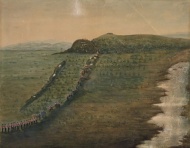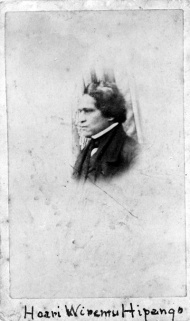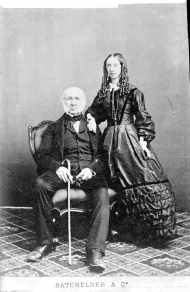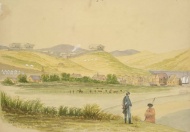Articles
War in Whanganui

The confusion and uncertainty that had surrounded the New Zealand Company's land purchases in Whanganui erupted into violence in the autumn and winter of 1847. The conflict here also involved longstanding rivalries between upper and lower Whanganui River Māori.
-
Page 2 – Background
From the outset there was confusion and uncertainty over the exact nature and extent of the New Zealand Company's purchase at Whanganui.
-
Page 3 – The Matarawa killings
The killing of Mary Gilfillan and three of her children caused tension between upriver and downriver Māori as well as among Europeans.
-
Page 4 – The siege of Whanganui
Te Mamaku led 700 Ngāti Hāua-te-rangi warriors who attacked Whanganui in May 1847.
-
Page 6 – The 1865 campaign
Following the battle of Moutoa Island in 1864, Hipango pursued the retreating Pai Mārire (Hauhau) warriors. Fighting continued from fortified positions upriver near Hiruhārama
-
Page 7 – Further information
This web feature was written by Steve Watters and produced by the NZHistory.net.nz team.LinksBritish immigration and the New Zealand Company (Te Ara)Dictionary of New Zealand
-
Main image: Keepa Te Rangihiwinui memorial
The memorial to Taitoko Keepa Te Rangihiwinui (Major Kemp) which stands in Moutoa Gardens (Pākaitore), Whanganui.

